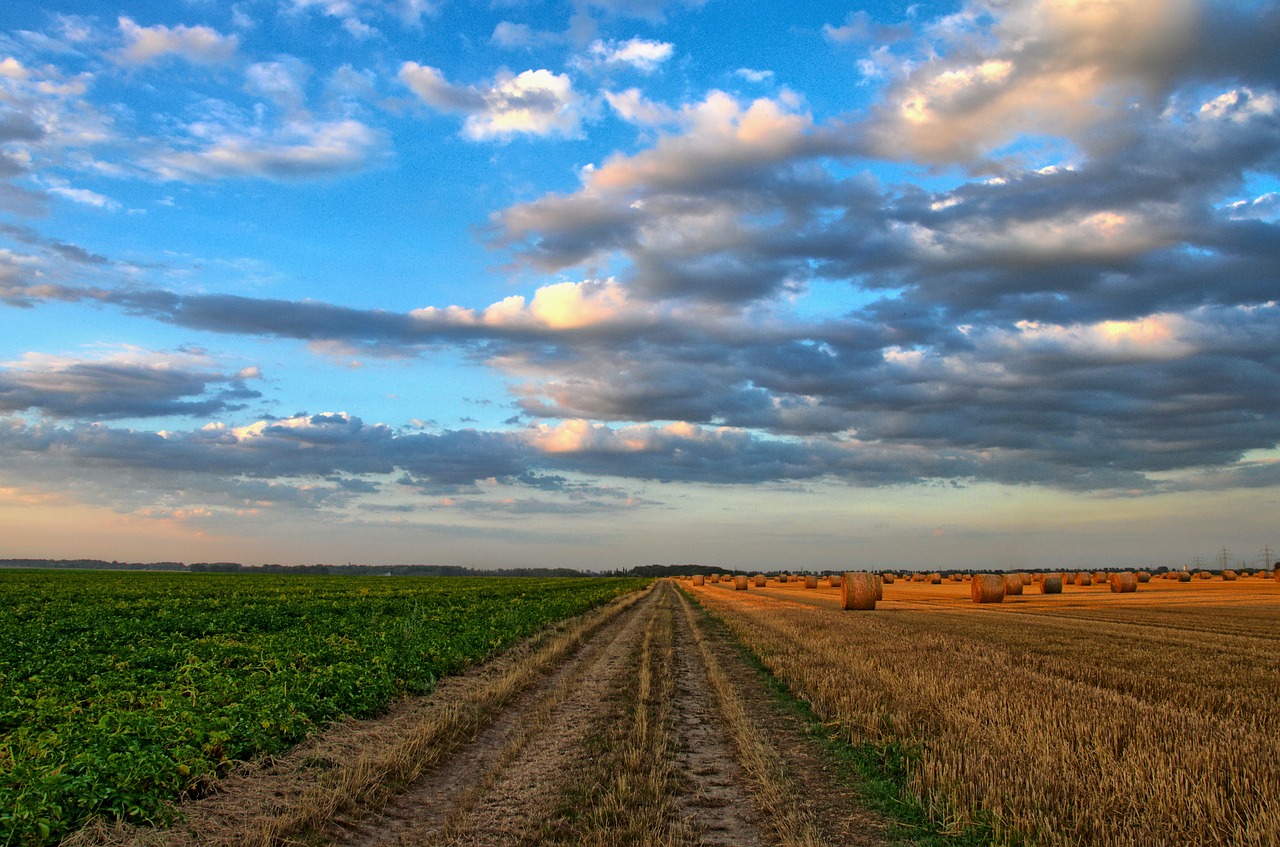Land Losses and Lessons on the Great Plains
Author: Peter Carrels | Published: July 7, 2017
Gabe Brown’s 5,200-acre farm and ranch in central North Dakota practically straddles the 100th meridian, the line that historically divided Eastern lands that were farmed from the drier Western lands that were grazed by livestock.
That geographic boundary, of course, has always been somewhat blurry. But in recent years, row-crop agriculture on an industrial scale has pushed the dry line westward. Modern sod-busting has gobbled up vast expanses of native grasslands, markedly enlarging the nation’s corn and soybean acres.
Critics watched this happen but weren’t able to quantify the ecological alteration. Now, an analysis issued by the World Wildlife Fund, Plowprint Report, confirms just how extensively the American Great Plains has been transformed. The Great Plains region, the short and mixed-grass portion of the North American prairie, includes lands from the Canadian border east of the Rocky Mountains, between Great Falls, Montana, and Fargo, North Dakota, and stretching south to Texas — some 800 million acres in total.
Destruction of the Eastern portion of the continent’s prairie region — the tallgrass part — was caused by conversion to corn and soybean fields and is nearly complete. Less than 1 percent of the original tallgrass prairie ecosystem survives. The Plowprint study reveals that since 2009, more than 53 million acres of prairie on the Great Plains has been plowed and converted to corn, soybeans and wheat. That figure — an area that equals the size of Kansas — represents about 13 percent of the estimated 419 million acres of Great Plains grasslands that had survived in its native condition.
Fortunately, stewardship models show how farming can be less damaging and more sustainable. For example, Gabe Brown changed the way he managed his land after suffering four years —1995 to 1998 — of hail and drought. Nearly broke and lacking access to capital to buy seeds and chemicals, Brown re-examined his approach to farming. Finding that his soils had dramatically deteriorated through conventional farming practices, he started avoiding tillage and now relies on cover crops, perennial grasses and a diversity of income streams. When many of his neighbors plowed pastures to plant corn, Brown did the opposite, reducing row crops from 2,000 acres to 800 acres and re-vegetating 1,200 acres back into prairie. His operation also emphasized grazing and grasses instead of growing annual grains.
“It’s not easy to admit that I farmed the wrong way for many years,” Brown said. “But we’ve completely weaned ourselves from government programs, stopped using synthetic fertilizers, minimized herbicide use, and in the process enriched and even built our soils.”

